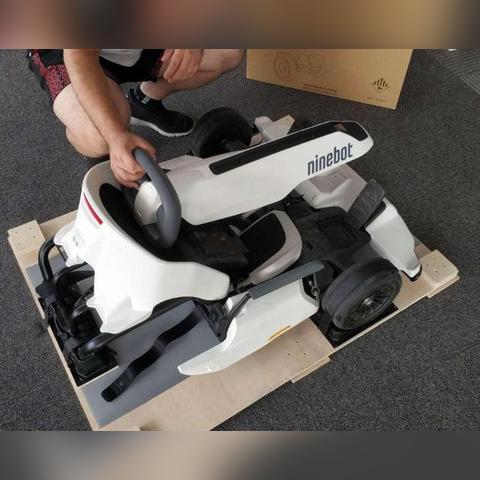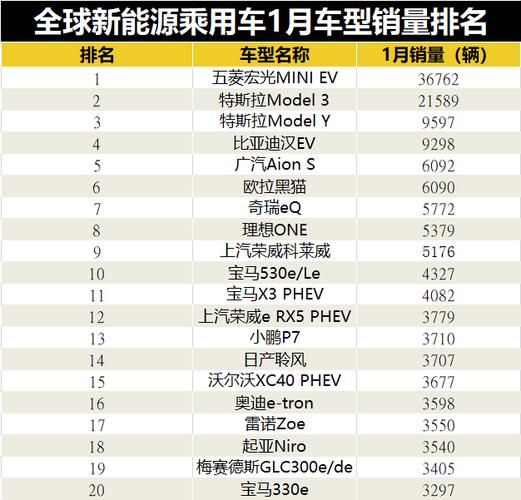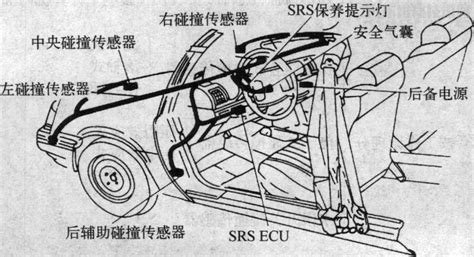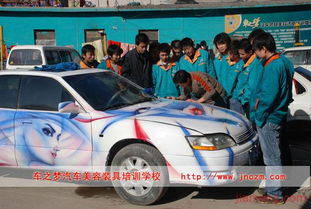汽车之家官网首页入口丰田汉兰达
Title: Crafting an Effective Homepage for an Automotive Website
Creating an engaging and functional homepage for an automotive website like 汽车之家 (Autohome) is crucial for attracting and retaining visitors. A welldesigned homepage serves as the digital storefront, enticing users to explore further. Let's delve into key elements and best practices for designing an effective homepage.
1. Clear Navigation:
Implement intuitive navigation menus, allowing users to easily find desired sections like new cars, used cars, reviews, and forums.
Utilize dropdown menus or mega menus for organized navigation, especially if the site offers a wide range of services.
2. Eyecatching Visuals:
Feature highquality images and videos of cars to capture users' attention immediately.
Utilize sliders or carousels to showcase popular models, promotions, or special deals.
Optimize images for fast loading times to enhance user experience.
3. Search Functionality:
Incorporate a prominent search bar with autosuggest functionality to facilitate quick searches for specific car models, brands, or topics.
Offer advanced search options, allowing users to filter results based on criteria like price, make, model, and location.
4. Featured Content:
Highlight key content such as latest car reviews, industry news, and toprated vehicles.
Include visually appealing banners or tiles linking to popular articles, videos, or editorial pieces.
5. Social Proof and User Interaction:
Showcase usergenerated content, including ratings, reviews, and user comments, to build trust and credibility.
Integrate social media widgets to display follower counts, recent posts, and community engagement.
6. Prominent Calls to Action (CTAs):
Place clear and compelling CTAs prompting users to take desired actions such as exploring car listings, reading articles, or joining forums.
Use contrasting colors and bold typography to make CTAs stand out.
7. Mobile Responsiveness:
Ensure the homepage is fully responsive across various devices, including smartphones and tablets, to cater to mobile users.
Optimize layout and content hierarchy for smaller screens to maintain usability and readability.
8. Personalization and Localization:
Leverage user data and browsing history to personalize content recommendations, such as suggesting relevant car models or articles.
Implement language and regionspecific settings to cater to diverse audiences and enhance user experience.
9. Performance Optimization:
Prioritize page speed optimization by minimizing HTTP requests, leveraging browser caching, and compressing images.
Regularly monitor and optimize server performance to ensure fast and reliable website loading times.
10. Continuous Testing and Iteration:
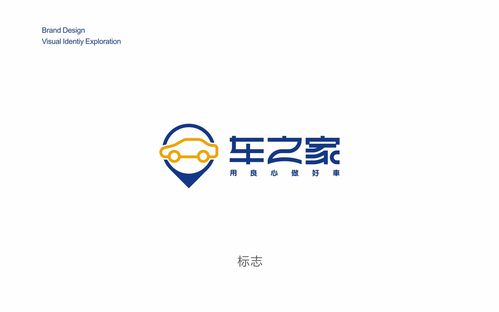
Conduct A/B testing to evaluate different homepage layouts, features, and content placements.
Gather user feedback through surveys, heatmaps, and analytics to identify areas for improvement and refinement.
By incorporating these elements and adhering to best practices, 汽车之家 can create a compelling homepage that captivates visitors, encourages exploration, and drives engagement. A usercentric approach, coupled with ongoing optimization efforts, will ensure a seamless and rewarding experience for automotive enthusiasts and prospective car buyers alike.





